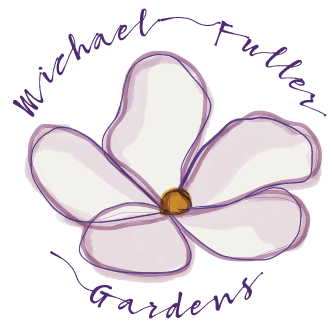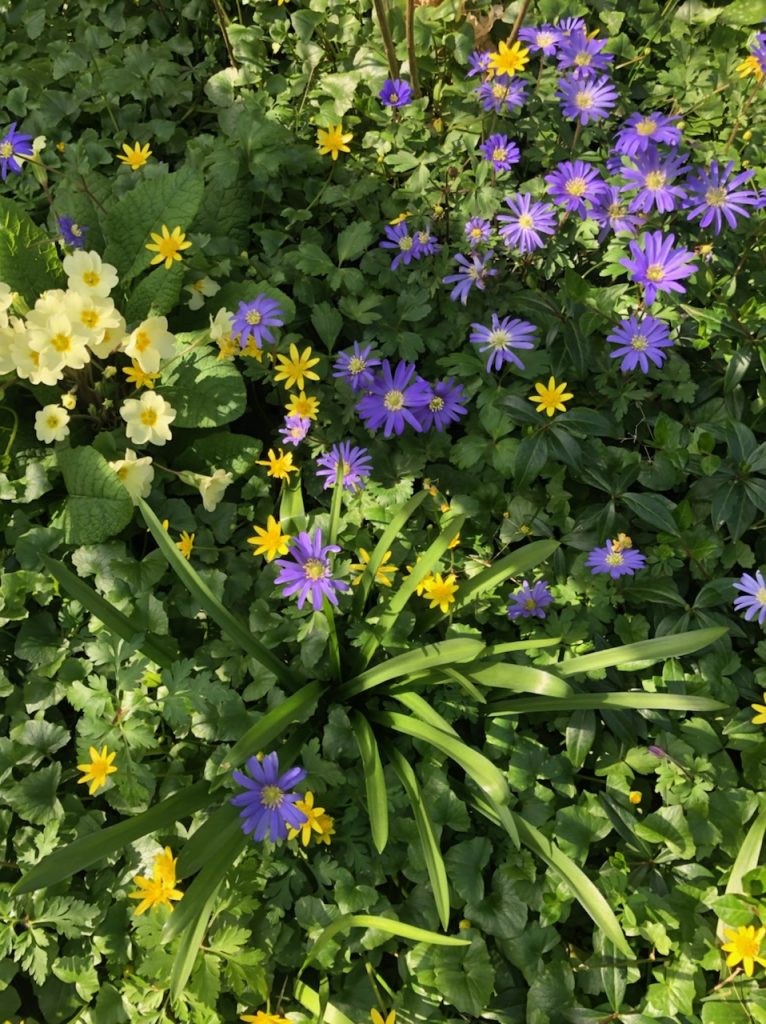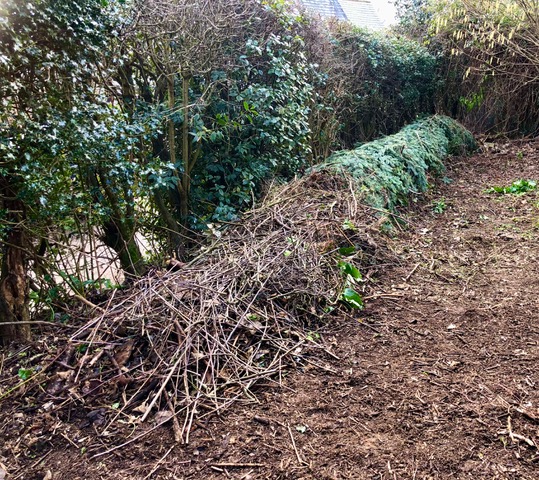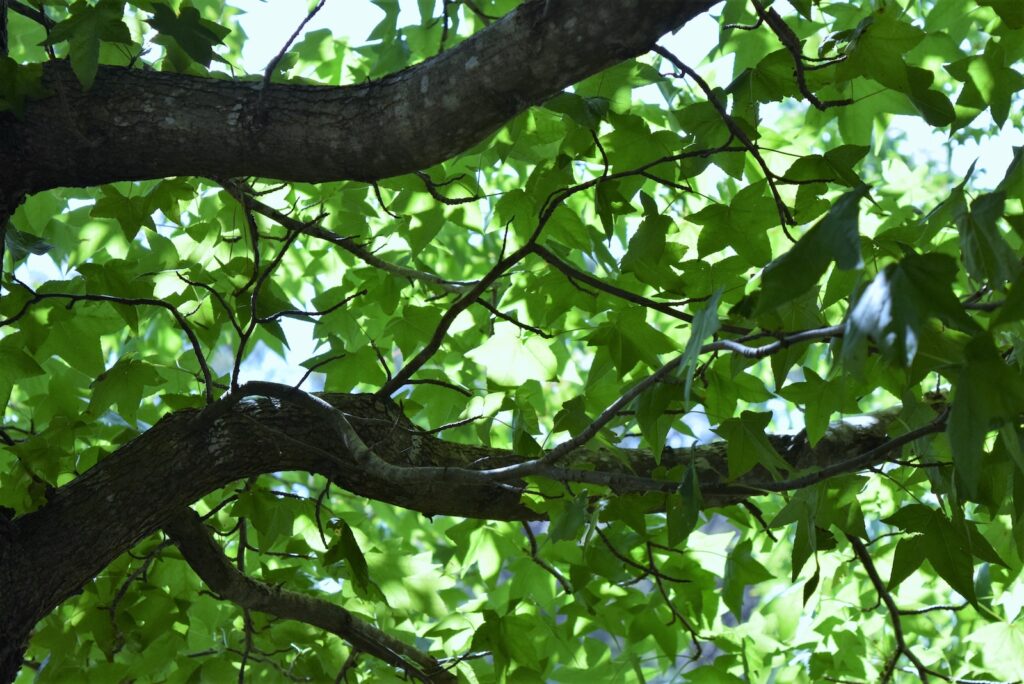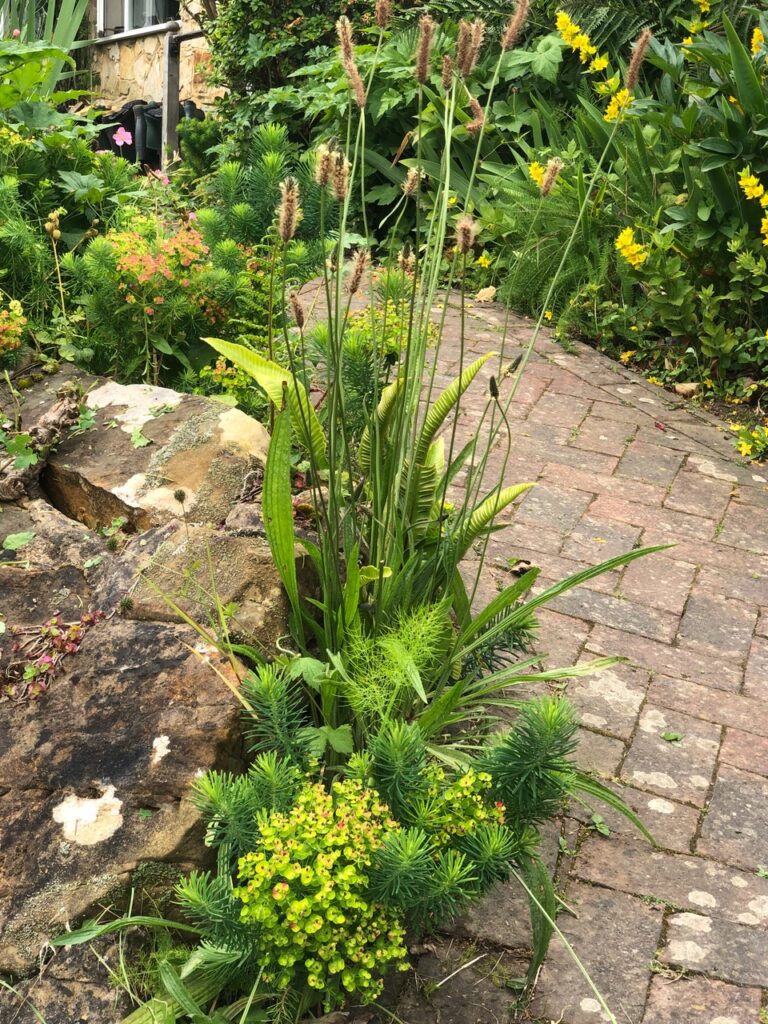Autumn in the Garden.
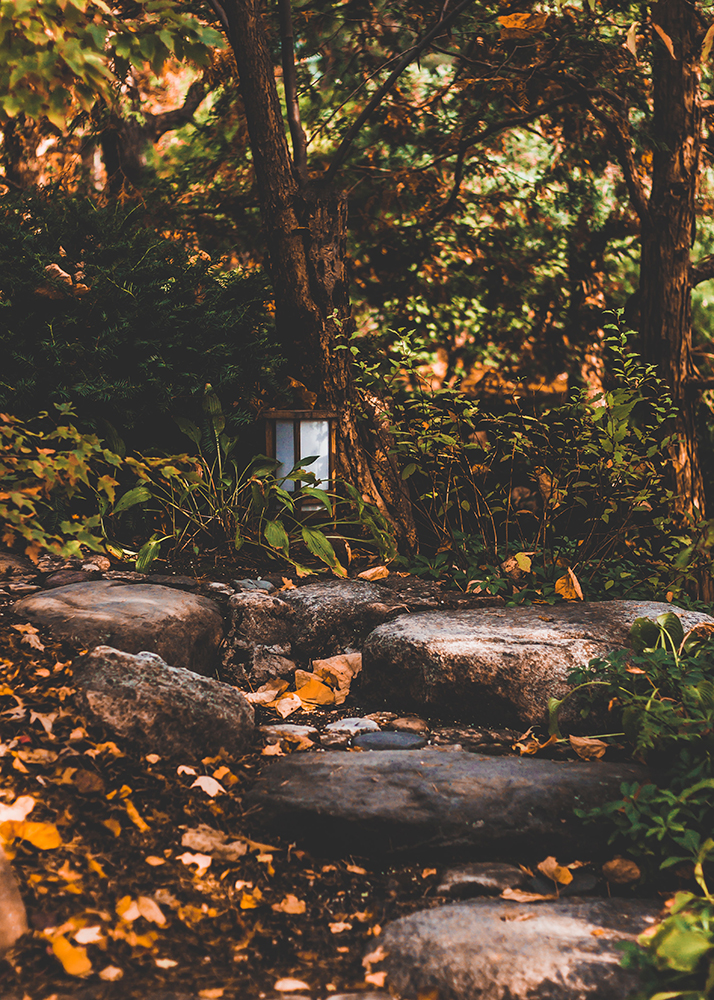
Reconnecting the inner with the outer
Many of us feel uncomfortable with climate change and the depletion and poisoning of our natural resources, but equally, we often feel powerless and unsure how to change this situation. I believe one reason for this is that through ‘civilisation’, and the (necessary) growth of materialism we have lost our natural instinctive connection to nature. To find our way back to this connection, this ‘re-attunement’ or remembering, many and varied small steps will be required, but as gardeners, we might be well-placed to help. Perhaps if we can bring our outer work into harmony with our inner experiences, we will get an inkling of how we should be working with nature in a kinder and more sustainable way? With the help from different spiritual traditions that have their roots in nature, autumn is a good time to practice bringing together some of these elements.
The inner path
In the Celtic stream, the autumn equinox around September 21st is celebrated as a time of thanksgiving and restored balance: Glennie Kindred suggest it is the “…beginning of root energy, bringing rest and renewal in the dark. […] the chance for all of us to go within and re-enter the dark womb of the spiritual world, which provides a strong foundation for our lives. It is an opportunity to explore and understand ourselves […] It is a time to plant seeds within ourselves, which will incubate through the winter months and re-emerge in the spring, transformed and strengthened by their time in the dark”
In the Jewish tradition, this time of the year is not only a time of going inward but also the beginning of the New Year. The festival of Rosh-Hashanah, literally meaning ‘the head of the year’, calculated annually by the tides of the moon and can be anywhere between early September and early October, originated in the early agricultural practices of the Jewish people. There are many traditions connected to festival including apples dipped in honey to symbolise a sweet new year and the baking of the ‘challah’ – a plaited circular loaf to symbolise the full circle of the year.
Rudolf Steiner, the founder of biodynamic agriculture, had a way of bringing together many threads of spiritual knowledge, often related to nature and the cycle of the year. His ‘Soul Calendar’ – made up of 52 weekly meditative verses that reflect the inner and the outer in nature and ourselves – does not discount other streams of knowledge such as the Celtic and the Jewish, but rather complements them and celebrates them. His verse for ‘Autumn’ is a good example, where he writes about both inner contemplation and new beginnings:
When I reach to my being’s depths,
Expectant yearning wakes and stirs me
To find myself, Self contemplating,
As gift of summer sun, a seed
That warming lives in autumn mood
As germinating force of soul.
The outer path
As gardeners, maybe we sense this changing of the year at autumn, the new beginnings, ‘the gifts of summer sun’ but how can we connect this to our gardening? Below are a few simple suggestions.
Composting – the gift of summer: all the amazing lush green grass and weeds that we have collected over the summer may well have filled our compost bins to overflowing. Now is a good time to move this into the next available space where hopefully earlier well-rotted compost from 6 months ago sits. This mature compost can be applied to our beds, and around our fruit trees. The newer compost can be mixed more thoroughly, teasing apart the areas of dryness and moisture, removing the forgotten branches, even the odd teaspoon from the kitchen, a nice activity to remember the previous 6 months as well looking forward to the next ones.
Taking cuttings – autumn is a good time to take hardwood cuttings of shrubs, roses as well fruits like blackcurrants. To do this we should select 25cm long pencil-thick stems of our favourite plant and trim them to just below a bud at the bottom and just above a bud at the top. These cuttings can be placed in an area of the vegetable or flower bed where they can remain undisturbed over the winter; it will be helpful to add some sand for drainage as well as a natural root stimulator. As much as we go through a process of transformation during the winter so do these cuttings – miraculously sprouting in the spring. The commonest and most successful shrubs are willow, abelia, spirea, hydrangea and most roses, as well as blueberry, fig, grape and currant.
Seed collection – many flowers and vegetables grow true from seeds, including peas and beans, marigolds and sunflowers, and at autumn they are easy to collect. The very act of seed collection places us in this magical place in time where we stand with one foot in the year just gone and one foot in the year to come, living in the place of balance and new beginnings. realseeds.co.uk offer a free downloadable guide to the most common seeds and how to collect them, it is highly instructive and free.
Reflection – although autumn can be a busy time for a gardener, it is a good time to reflect on the year just passed and remember our successes or failures. If a particular flower combination looked great then we can celebrate that by taking notes, sketching or photographing it. Equally, if a particular crop was unsuccessful or was eaten by predators, we should take note of that too… by next spring we might have already forgotten.
These and other simple gardening tasks which many of us carry out in Autumn can be useful keys for connecting the inner with the outer. I would suggest the trick is to stand back a little, observe what is happening in nature and what we are asked to do with it, whilst simultaneously observing how we experience the time of year. With luck, a little practice and inspiration from our own spiritual streams we might sense that the ‘separated’ becomes a bit more ‘together’ and that we feel more inspired and more hopeful in the face of the changes that are happening all around us in nature.

